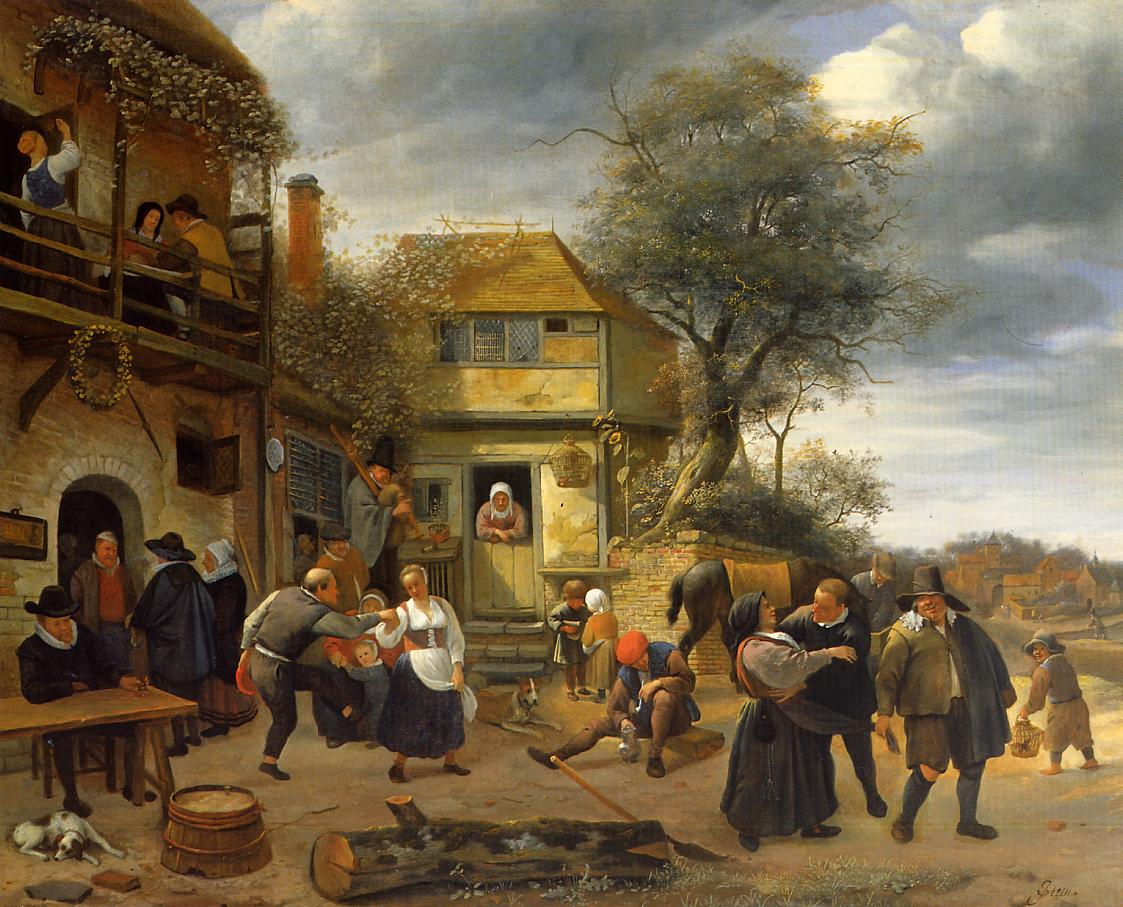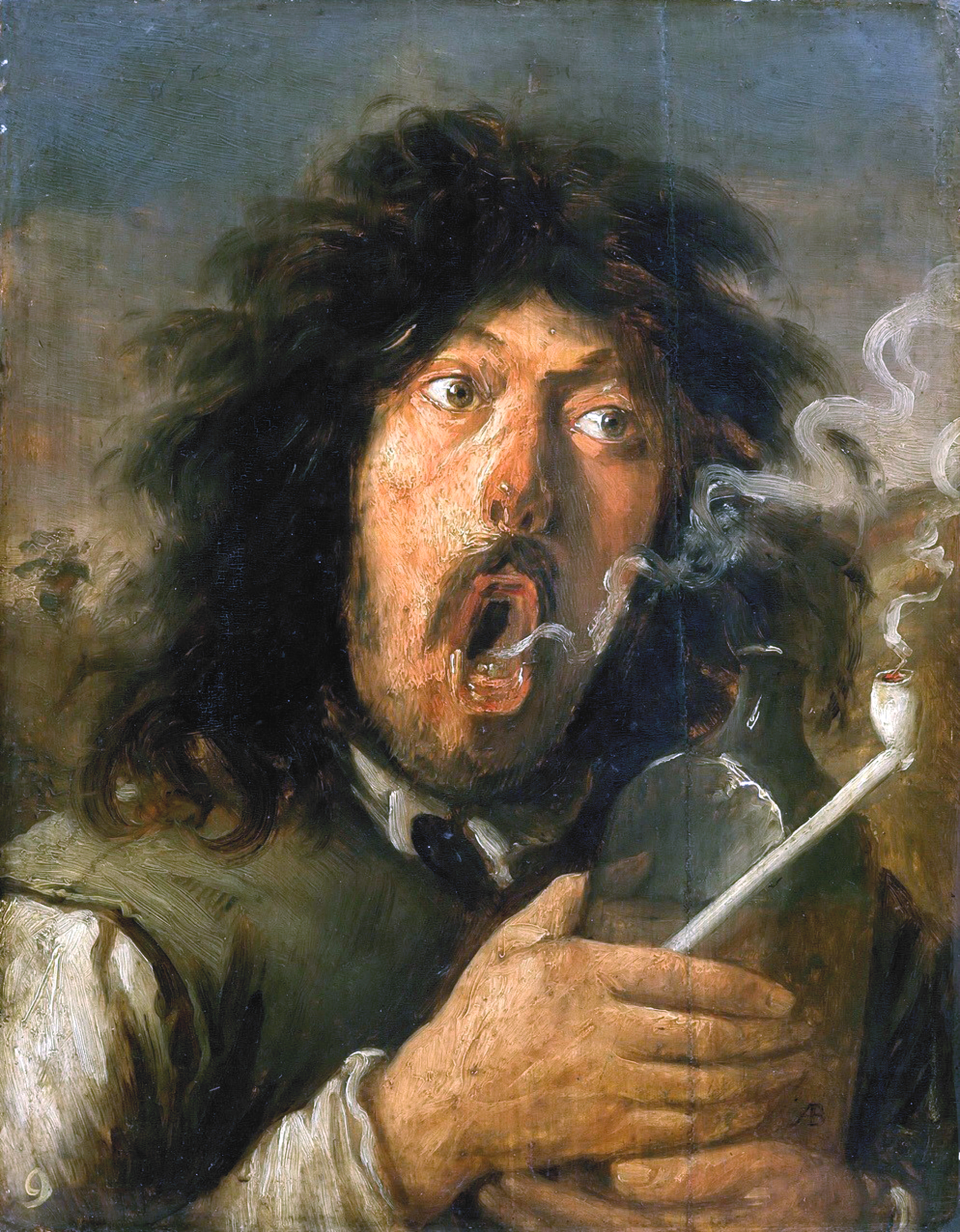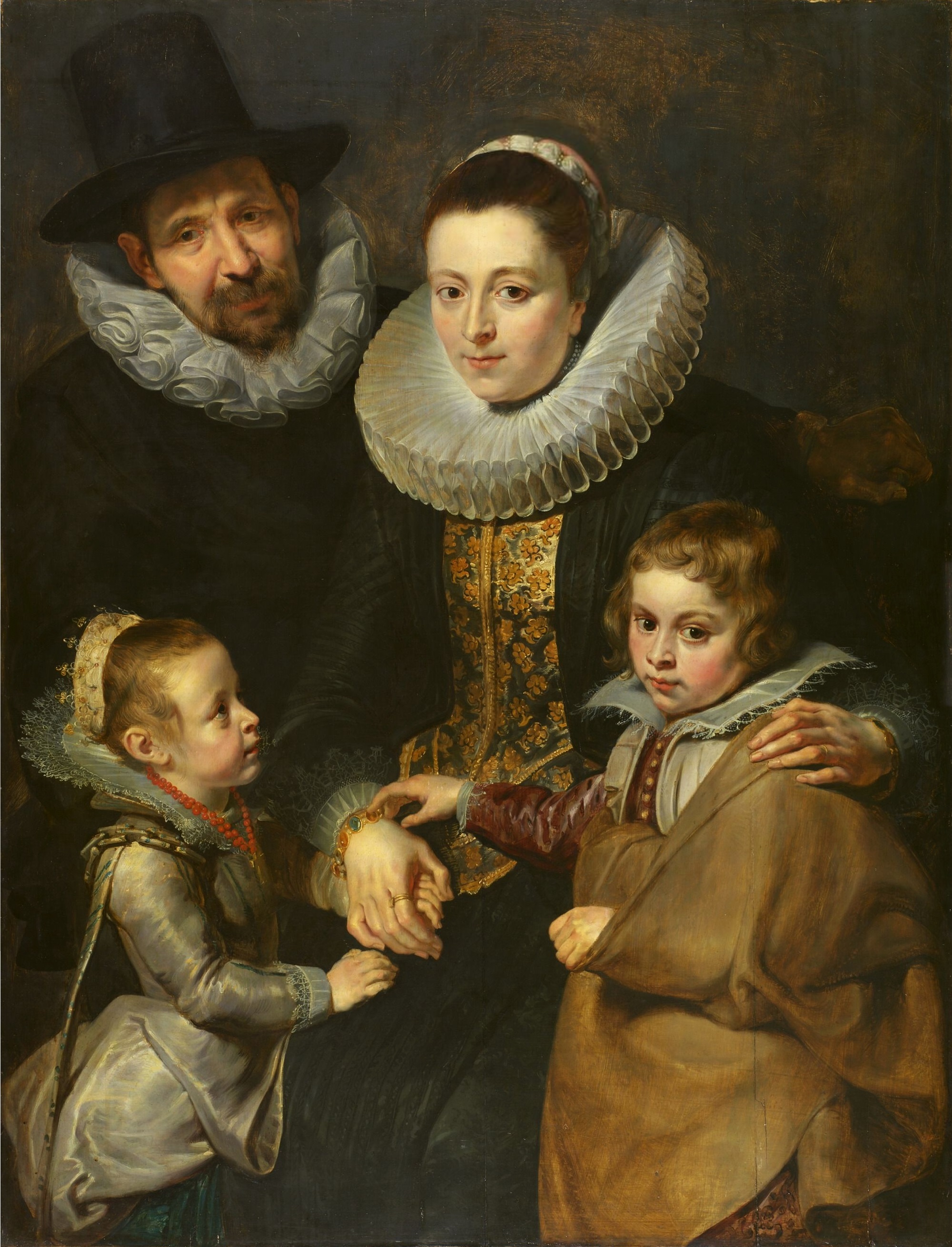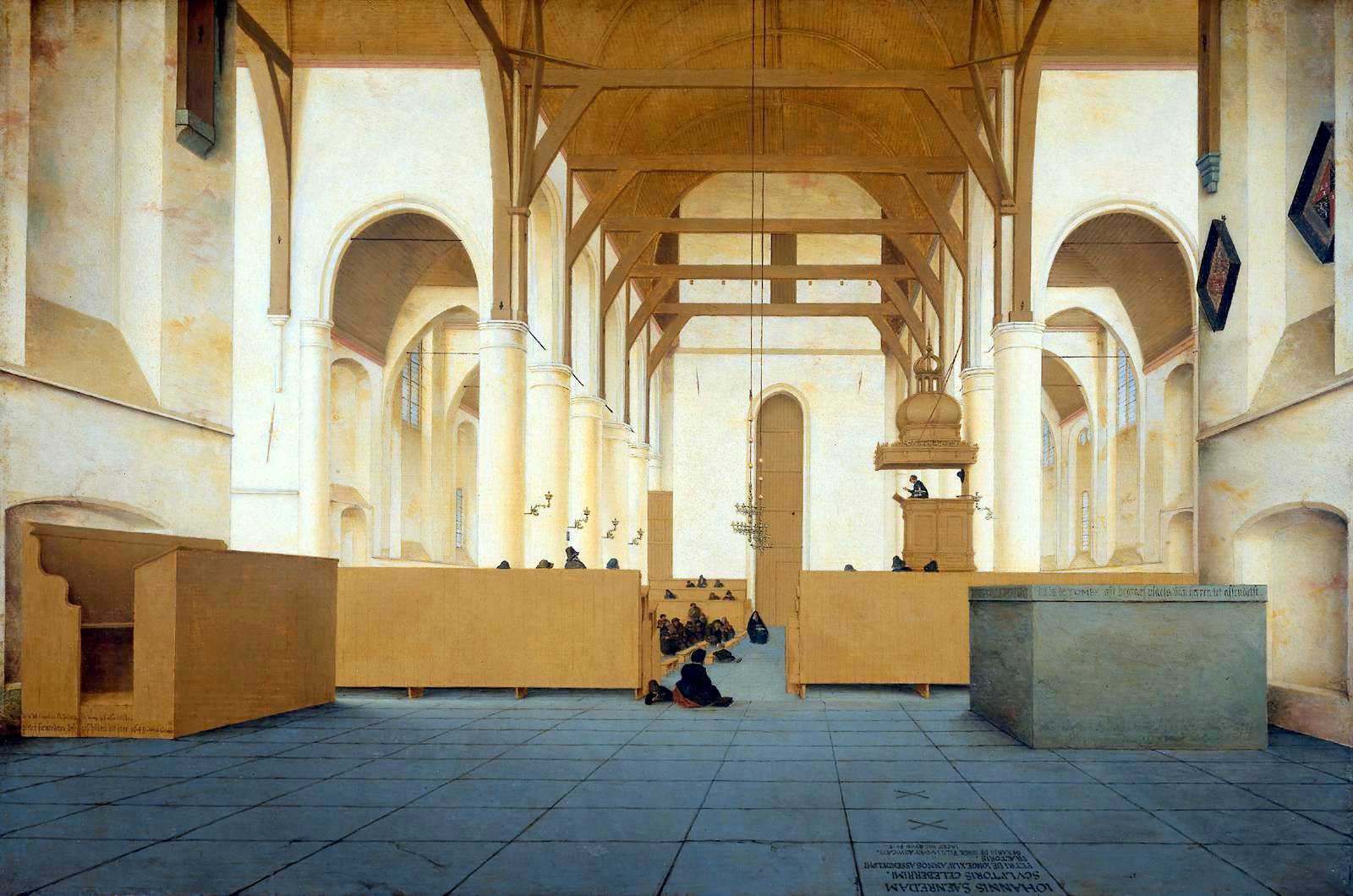|
Fondation Custodia
The Fondation Custodia is an art collection in the 7th arrondissement of Paris, focusing on European Old Master works, including works by Dutch, Flemish, Italian and French artists. It was founded in 1947 by the collector and art historian Frits Lugt and his wife Jacoba Lugt-Klever to house their collection of drawings, prints and paintings. Located at 121 rue de Lille, it occupies the Hôtel Turgot, an 18th-century mansion. History Frits Lugt, born in Amsterdam in 1884 and died in Paris in 1970, was a famous Dutch art historian. He catalogued the collections of Dutch drawings in Parisian public institutions (Musée du Louvre, Bibliothèque nationale de France and Ecole nationale des beaux-arts). He is most famous for his survey of collector’s marks on drawings and prints, which is still a reference work for specialists today and continues to be enriched in the form of a database. Throughout his life, Frits Lugt was a keen art lover and collector. He built up a unique colle ... [...More Info...] [...Related Items...] OR: [Wikipedia] [Google] [Baidu] |
Art Museum
An art museum or art gallery is a building or space for the display of art, usually from the museum's own Collection (artwork), collection. It might be in public or private ownership and may be accessible to all or have restrictions in place. Although primarily concerned with Visual arts, visual art, art museums are often used as a venue for other cultural exchanges and artistic activities, such as lectures, performance arts, music concerts, or poetry readings. Art museums also frequently host themed temporary exhibitions, which often include items on loan from other collections. Terminology An institution dedicated to the display of art can be called an art museum or an art gallery, and the two terms may be used interchangeably. This is reflected in the names of institutions around the world, some of which are called galleries (e.g. the National Gallery and Neue Nationalgalerie), and some of which are called museums (including the Metropolitan Museum of Art, the Museum of Mo ... [...More Info...] [...Related Items...] OR: [Wikipedia] [Google] [Baidu] |
Domenico Beccafumi
Domenico di Pace Beccafumi (1486May 18, 1551) was an Italian Renaissance-Mannerist painter active predominantly in Siena. He is considered one of the last undiluted representatives of the Sienese school of painting. Biography Domenico was born in Montaperti, near Siena, the son of Giacomo di Pace, a peasant who worked on the estate of Lorenzo Beccafumi. Seeing his talent for drawing, Lorenzo adopted him, and commended him to learn painting from Mechero, a lesser Sienese artist. In 1509 he traveled to Rome, where he learned from the artists who had just done their first work in the Vatican, but soon returned to Siena. However, while the Roman forays of two Sienese artists of roughly his generation (Il Sodoma and Peruzzi) had imbued them with elements of the Umbrian-Florentine Classical style, Beccafumi's style remains, in striking ways, provincial. In Siena, he painted religious pieces for churches and of mythological decorations for private patrons, only mildly influenced by the ... [...More Info...] [...Related Items...] OR: [Wikipedia] [Google] [Baidu] |
Joachim Beuckelaer
Joachim Beuckelaer (c. 1533 – c. 1570/4) was a Flemish painter specialising in market and kitchen scenes with elaborate displays of food and household equipment. He also painted still lifes with no figures in the central scene.Joachim Beuckelaer at the His development of the genre of market and kitchen scenes was influential on the development of still life art in Northern Europe as well as Italy.''The Collector's Cabinet: Flemish Paintings from New England Private Collections'', Univ of Massachusetts Press, 1983, pp. 16–19 Life Details about the life of the artist are scarce. Beuckelaer was ...[...More Info...] [...Related Items...] OR: [Wikipedia] [Google] [Baidu] |
Gillis Mostaert
Gillis Mostaert the Elder (27 or 28 November 1528 – 28 December 1598) was a Flemish Renaissance painter and draughtsman active in Antwerp in the second half of the 16th century.Gillis Mostaert at the He was a versatile artist who worked in various genres including landscape, and painting. [...More Info...] [...Related Items...] OR: [Wikipedia] [Google] [Baidu] |
Herri Met De Bles
Herri met de Bles, also known as Henri Blès, Herri de Dinant, Herry de Patinir, and ''il Civetta'' (c. 1490 – after 1566), was a Flemish Northern Renaissance and Mannerist landscape painter, native of Bouvignes or Dinant (both in present-day Belgium). The name ''Herri met de Bles'' translates literally from Dutch as ''Herri with the blaze'' and was reportedly given him because of his characteristic white forelock. He may have been the pupil of Lucas Gassel, who was at least 10 years his senior. There are significant similarities between their works about the subject of David and Bathsheba are significant. Besides, they are depicted together (along with Hans Holbein) in a 1764 coloured engraving by Jan l'Admiral with Gassel being in the foreground and de Bles shown in the more obscure lower right corner. The notname of "Pseudo Bles" was invented to cover a number of Antwerp Mannerist paintings that had previously been attributed to de Bles, after it was recognised that this was ... [...More Info...] [...Related Items...] OR: [Wikipedia] [Google] [Baidu] |
Esaias Boursse
Esaias Boursse (March 3, 1631 – November 16, 1672) was a Dutch painter. His paintings were mainly genre works. Biography He was born in Amsterdam, the youngest son of immigrants from Wallonia. His parents, Jacques Boursse and Anna des Forest, married in 1618 in Amsterdam. Nothing is known about the education of Esaias Boursse, other than that he travelled to Italy in about 1650 to study the great Renaissance examples. No reminders of those examples are to be found in his work. In the past art historians have tried to place him among Rembrandt's pupils, but there is no objective evidence to prove this, although the painters were neighbours in the Sint Antoniebreestraat in Amsterdam (nowadays called Jodenbreestraat, still housing the Rembrandt House Museum). Boursse's financial position will not have been good, since in 1661 he sailed with the Verenigde Oostindische Compagnie, on the ship ''Amersfoort''. It travelled to Ceylon (nowadays called Sri Lanka). Boursse drew the inhab ... [...More Info...] [...Related Items...] OR: [Wikipedia] [Google] [Baidu] |
Jan Steen
Jan Havickszoon Steen (c. 1626 – buried 3 February 1679) was a Dutch Golden Age painter, one of the leading genre painters of the 17th century. His works are known for their psychological insight, sense of humour and abundance of colour. Life Steen was born in Leiden, a town in Southern Holland, where his well-to-do, Catholic family were brewers who ran the tavern ''The Red Halbert'' for two generations. Steen's father even leased him a brewery of his own in Delft from the years 1654 until 1657. He was the eldest of eight or more children. Like his even more famous contemporary Rembrandt van Rijn, Jan Steen attended the Latin school and became a student in Leiden. Though no official records of Steen's artistic training are preserved, contemporary sources tell us he received his painterly education from three men, Nicolaes Knupfer (1603–1660), a German painter of historical and figurative scenes in Utrecht, Adriaen van Ostade, and Jan van Goyen, who would later become ... [...More Info...] [...Related Items...] OR: [Wikipedia] [Google] [Baidu] |
Willem Kalf
Willem Kalf (1619 – 31 July 1693) was one of the most prominent Dutch still-life painters of the 17th century, the Dutch Golden Age. We first get acquainted with Willem Kalf through Arnold Houbraken, in his Groot Schilderboek, who speaks very highly of him. In fact, Kalf was a highly regarded and celebrated artist during his own lifetime. This was due to his extensive art knowledge and what we gain from Houbraken, his affable personality. His claim to fame now rests mostly on his mature still lifes, pronkstilleven in Dutch, which feature the most exotic and luxurious objects. This can be seen in for example, ''Still life with nautilus beaker and porcelain lidded bowl'' from 1662, which became an iconic piece of western art. Life There is little known about Willem Kalf's life, for there is minimal documentation on Kalf himself. What is known is mainly derived from archival research, documents, and other sources which link him to specific times, places, and people, but there ar ... [...More Info...] [...Related Items...] OR: [Wikipedia] [Google] [Baidu] |
Joos Van Craesbeeck
Joos van Craesbeeck (''c''. 1605/06 – ''c''. 1660) was a Flemish baker and a painter who played an important role in the development of Flemish genre art, genre painting in the mid-17th century through his tavern scenes and dissolute portraits. His genre scenes depict low-life figures as well as scenes of middle-class people. He created a few religiously themed compositions.Konrad Renger, ''Craesbeeck [Craesbeke], Joos van,'' Grove Art Online. Oxford University Press, [accessed 1 March 2015] Life Joos van Craesbeeck was born in Linter, Belgium, Neerlinter (now a village in Flemish Brabant, Belgium). His father was also called Joos and is believed to have been a baker. His mother's name was Gertruid van Callenborch. In 1630 or 1631 Joos van Craesbeeck married Johanna Tielens. His wife's father was a baker but her family also counted artists among its members: the landscape painter Jan Tilens, Jan Tielens was her uncle while two of her uncles on her mother's side were the scul ... [...More Info...] [...Related Items...] OR: [Wikipedia] [Google] [Baidu] |
Jan Brueghel The Elder
Jan Brueghel (also Bruegel or Breughel) the Elder (, ; ; 1568 – 13 January 1625) was a Flemish painter and draughtsman. He was the son of the eminent Flemish Renaissance painter Pieter Bruegel the Elder. A close friend and frequent collaborator with Peter Paul Rubens, the two artists were the leading Flemish painters in the first three decades of the 17th century. Brueghel worked in many genres including history paintings, flower still lifes, allegorical and mythological scenes, landscapes and seascapes, hunting pieces, village scenes, battle scenes and scenes of hellfire and the underworld. He was an important innovator who invented new types of paintings such as flower garland paintings, paradise landscapes, and gallery paintings in the first quarter of the 17th century.Kolb, 2005, p. 1 He further created genre paintings that were imitations, pastiches and reworkings of his father's works, in particular his father's genre scenes and landscapes with peasants. Brueghel represen ... [...More Info...] [...Related Items...] OR: [Wikipedia] [Google] [Baidu] |
Emanuel De Witte
Emanuel de Witte (1617–1692) was a Dutch perspective painter. In contrast to Pieter Jansz Saenredam, who emphasized architectural accuracy, De Witte was more concerned with the atmosphere of his interiors. Though few in number, de Witte also produced genre paintings. Life De Witte was born in Alkmaar and learned geometry from his father a schoolmaster. He joined the local Guild of St Luke in 1636. After a stay in Rotterdam, he moved to Delft and studied with Evert van Aelst. In 1651 de Witte settled in Amsterdam where his first wife, Geerje Arents, died in 1655. He then married a 23-year-old orphan, Lysbeth van der Plas, who exercised a bad influence on de Witte's adolescent daughter. In December 1659 both were arrested for theft from a neighbour. Lysbeth, pregnant, had to leave the city for a period of six years; she lived outside the city walls and died in 1663. Following the arrest of his wife and child, de Witte was forced to indenture himself to the Amsterdam nota ... [...More Info...] [...Related Items...] OR: [Wikipedia] [Google] [Baidu] |
Pieter Saenredam
Pieter Jansz. Saenredam (9 June 1597 – buried 31 May 1665) was a painter of the Dutch Golden Age, known for his distinctive paintings of whitewashed church interiors such as ''Interior of St Bavo's Church in Haarlem'' and '' Interior of the Sint-Odulphuskerk in Assendelft''. Biography Saenredam was born in Assendelft, the son of the Northern Mannerist printmaker and draughtsman Jan Pietersz Saenredam whose sensuous naked goddesses are in great contrast with the work of his son. In 1612 Saenredam moved permanently to Haarlem, where he became a pupil of Frans de Grebber. In 1623 he became a member of the Haarlem Guild of St. Luke. A drawing in the British Museum by his friend Jacob Van Campen shows him to be very short and hunch backed. He died in Haarlem. Saenredam was a contemporary of the painter-architects Jacob van Campen, Salomon de Bray, and Pieter Post. Saenredam specialized in the representation of church interiors. These pictures were based on precise measuremen ... [...More Info...] [...Related Items...] OR: [Wikipedia] [Google] [Baidu] |


.jpg)






